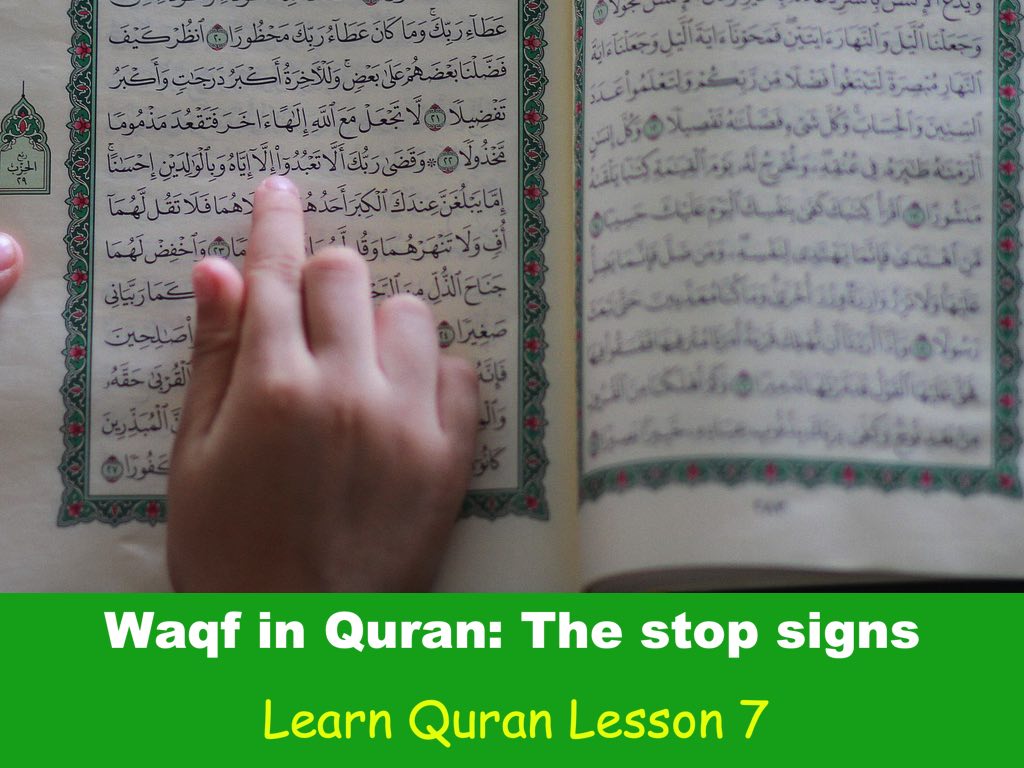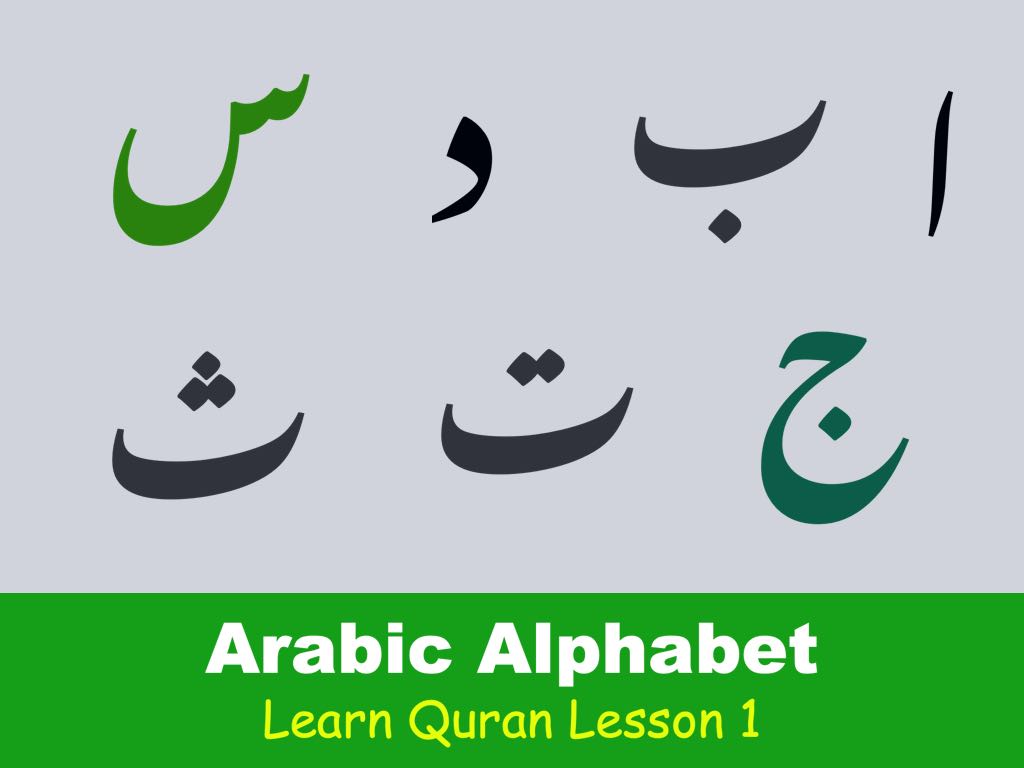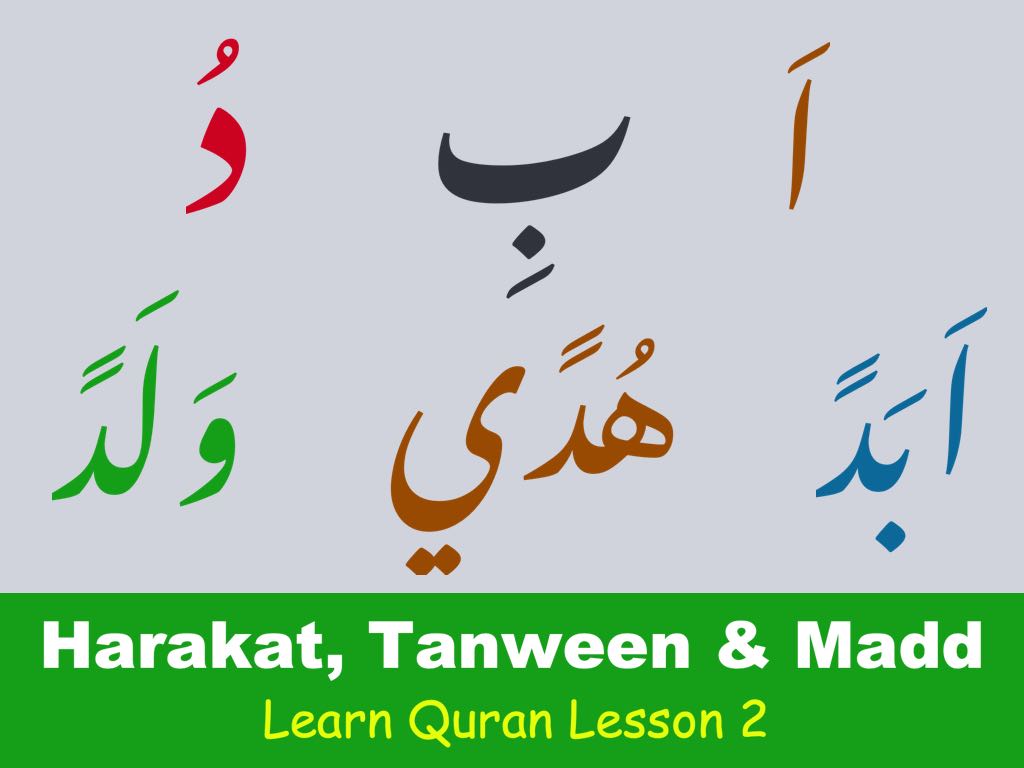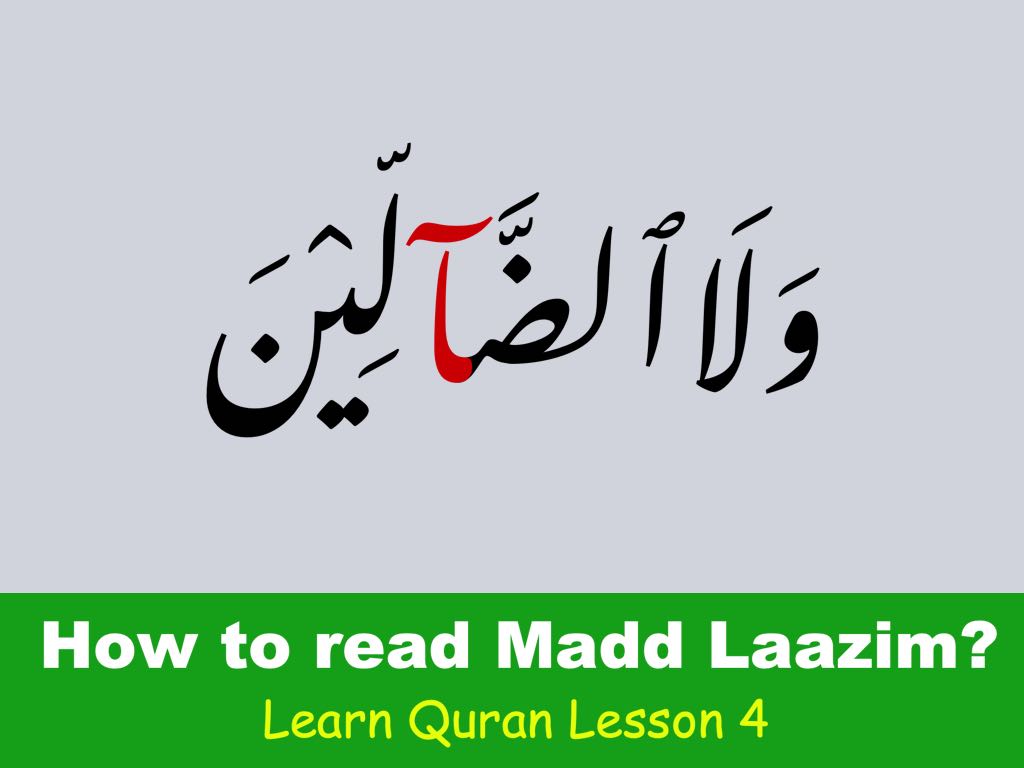Ever wondered where to stop in Quran while reciting?
If you’re learning Quranic recitation, knowing when to pause or continue is super important. It helps keep the meaning clear and your recitation smooth.
To do this correctly, you need to learn about stop signs in Quran, also known as Waqf signs.
These are small symbols placed in the Quran. Sometimes they show up at the end of a verse, and sometimes in the middle of a sentence.
Each symbol gives a clue – should you stop, continue, or both are okay?
Let’s start by watching the video lesson. It will help you recognize and understand these signs visually.
You might also hear these rules called:
- Waqf in Quran
- Rules of stop in Quran
- Rules of Waqf in Quran
They all mean the same thing: when and where to pause in recitation.
Here’s a quick breakdown of the most common Quran stop signs:
- قلى – Qila (Preferred stop): This sign tells you that it’s better to stop here. The meaning pauses naturally.
- صلى – Sila (Preferred continue): This one means you should continue reading. Stopping might break the flow or meaning.
- ج – Jeem (Either stop or continue): You can stop here if you need to take a breath, or keep going if it’s easy to continue.
- م – Meem (Must stop): This is important! A Meem sign means you must stop, or you might change the meaning.
- لا – Laam Alif (Don’t stop): Don’t stop here, even if you feel like taking a breath. Stopping here may break the sentence or cause confusion.
- Three Dots (⋯): These appear in pairs. You can stop at one of them – but not both. Choose one spot and continue from there.
Learning these stop signs in Quran will help you improve your recitation and understand the message more clearly. So take your time, watch the video, and keep practicing.





